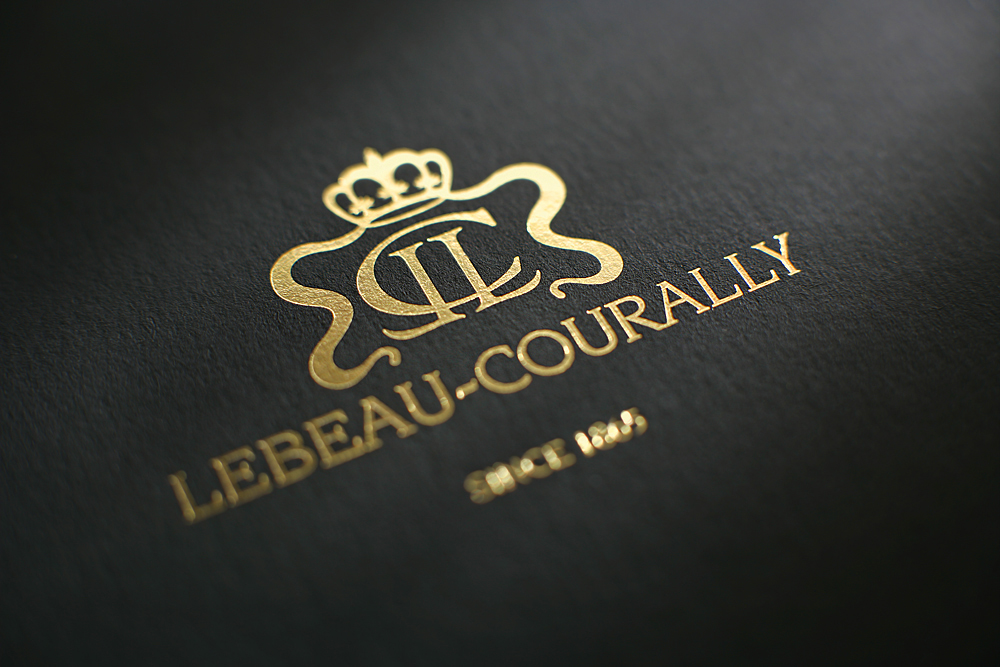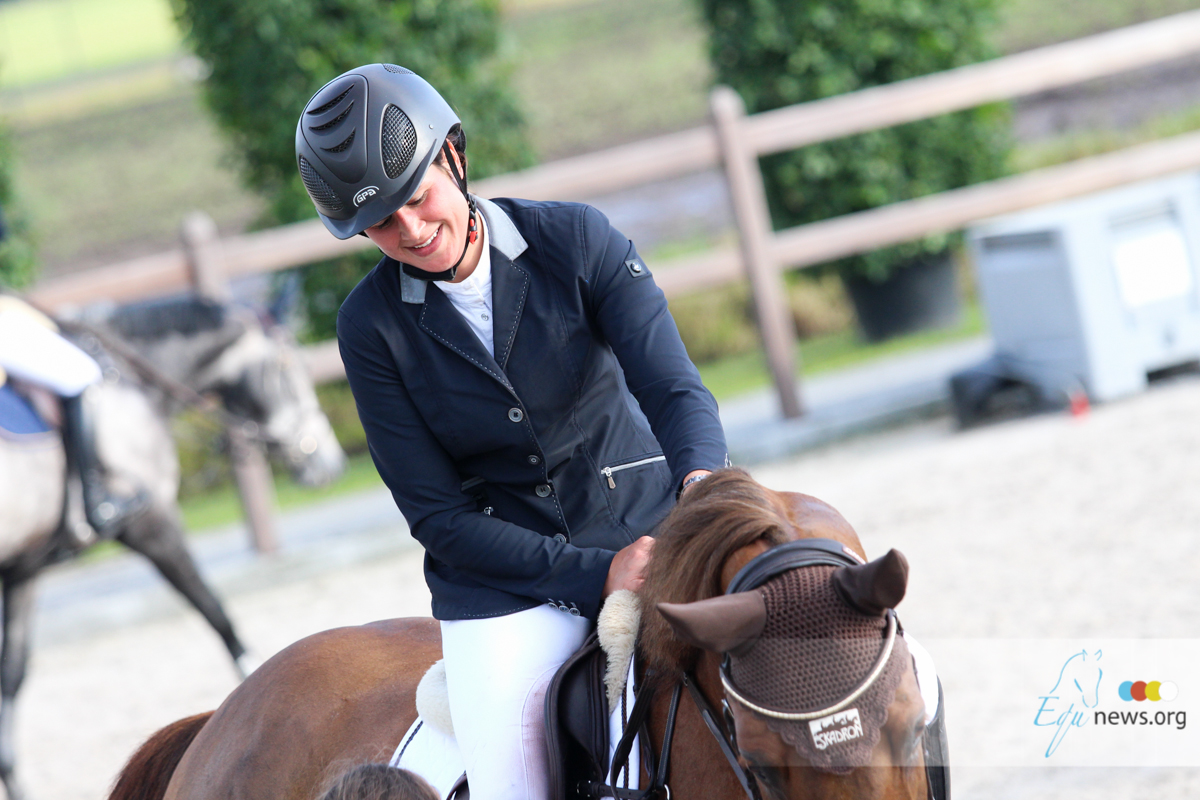He is the founder of Hunter Seat Equitation. His system drastically changed the American riding and brought U.S show jumping Teams at the hightest world levels. George Morris riding system is based on classical concepts and principles that he has learned over the past 65 years. Here are some basic concepts of his training system. Create impulsion Impulsion is the willingness of the horse to go forward. Riders use their legs to ask the horses to move forward and create impulsion. The hind leg is where impulsion starts. Horses must therefore be responsive to the leg. Keep the horse straight The horse is straight when the hind legs follow the tracks of the forelegs, which means when moving on straight lines he will be straight and on curved lines slightly bent from nose to tail along the line of the curve. Many riders overbend their horses, making them crooked. To be straight, the riders first must feel a forward quality in their horses’ gaits. Transitions between and within gaits Riders must work on transitions between gaits and within the gaits. In order to ask and obtain good transitions, the rider must coordinate the use of his back, seat, legs and hands. When the horses responded the riders should relax the aids. Establish Rhythm Rhythm is the regular recurrence of a given time interval between one footfall and the next in any of the paces. Rhythm is vital to make best use of ability. In order to help create a regular rhythm during the flatwork riders should trot over poles and cavalletti. Balance Balance is very a basic concept in riding. To be balanced in a rhythm when carryng a rider, the horse has to engage his hind legs, bringing them further underneath his and the rider’s body. Suppleness A horse must be supple in order to be a comfortable ride and make best use of his physique. The aim is a suppleness which allows the relaxed coordination of every muscle and joint. Basic lateral work encourages a horse to accept the rider’s legs and breaks up his resistance behind so he becomes more supple. Lighten Up Any time the riders asked for pace, such as when they were galloping or jumping, they must be light on their horses’ backs with their hip angles closed and their upper bodies forward about 30 degrees. This allowed for a smoother and softer ride and kept them from disturbing their horses’ self-carriage. There are times when a rider needs to sit more defensively, such as over a spooky fence. But as the riders trusted that their horses would jump such fences they could return to the lighter position. Relationship When horses has trouble the riders must be calm and quiet because a horse senses all our emotions. The relationship between horse and rider is closer than any two beings. Riders must be always positive. Each person will have his own riding system and way of working a horse but eachone must respect his horse and practice correct riding based on classical principles.
George Morris' riding system revealed
-
categories: Lifestyle



